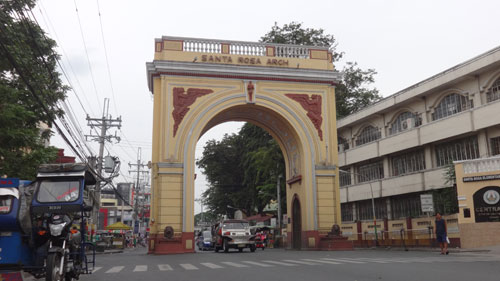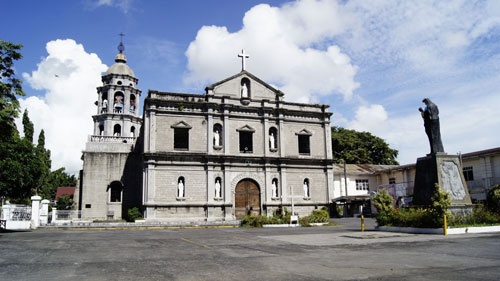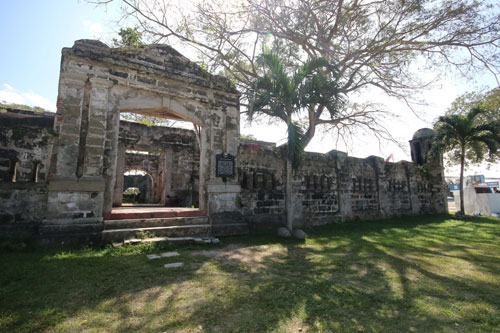For many people, development can be seen as a good thing. The transformation of an area from a sleepy provincial site to a bustling metropolis brings with it better living opportunities.
However, rampant development also has its risks.
There have been many instances that if left unchecked, this could lead to the loss of heritage sites and the erasure of its history.
For Santa Rosa Mayor Arlene Arcillas, finding that balance is key in ensuring that the history of the city will not be a casualty as Santa Rosa makes a name for itself as one of the investment destinations for big businesses.
“We’ve seen an explosive growth in infrastructure development over the past decade thanks to the development of Nuvali in 2009. Since then, many businesses have also expressed interest in putting up shop in the old city where the city capitol is located.
However, this is not what the residents want. This area is where the history of the city lies and we want to keep it that way,” she said.

Santa Rosa might be best known as the home of the sprawling Nuvali development project, but the city’s history runs deep.
Several historical monuments are located in close proximity in the city center, the most striking of which is the Santa Rosa Arch.
The original arch was built in 1792 served as a as a lookout. It has since been redesigned and patterned after the Arc De Triomphe in Champs Elysees in Paris, France.
Just across it is the church of Santa Rosa Laguna. It was built during the Hispanic era out of adobe, bricks and stone. Just like the typical church built during the colonial era, The Santa Rosa de Lima church sits right in front of a large plaza.
One of the highlights of this church is its hexagonal-shaped belfry with a globe on top of it.
Other important details are its doors with its intricate carvings.The Zavalla Manuscripts disclosed that the church was blessed on August 4, 1812 and the first holy mass with homily was celebrated on August 30, 1812.
The LGU’s most recent heritage preservation project is the Cuartel de Santo Domingo.

The ruins of the fort is located just outside of Nuvali on the road to Tagaytay. The fort played a very crucial role in a Spanish military offensive that led to the defeat of the ragtag Filipino forces under Gen. Emilio Aguinaldo. The National Historical Institute (NHI) declared the ruins a National Historical Landmark in 2005 and the market was installed in 2015.
However, Arcillas also recognizes that city development is one of the ways for economic progress.
Because of this, the LGU works together with the private sector in helping locators develop their properties.
“The LGU has a good working relationship with the private sector. We try to work together with prospective locators regarding their development plans. That way, they don’t waste time and money drawing up their plans only to have their permits denied,” Arcillas noted.
The LGU is also closely monitoring the development of industrial and commercial complexes in the city to avoid choking the areas with cramped infrastructures.
“We have a local zoning assessment board who defines which areas can have high rise buildings and which areas have height limits. For example, if there are residential areas nearby, buildings are limited to a maximum of 12 floors, but it if it sprawling areas with no residential homes, they can put up higher structures,” she said.
“All we ask is that if they do develop high-rise structures, that it does not cover existing buildings such as The Monochrome events place, and the malls. Put the structures in the rear so that people can still have an unobstructed view of the sky,” she added.
This willingness to work together with the private sector which is tempered by the firm standing on what can and cannot be done has allowed the city to transform itself in such a short time.




